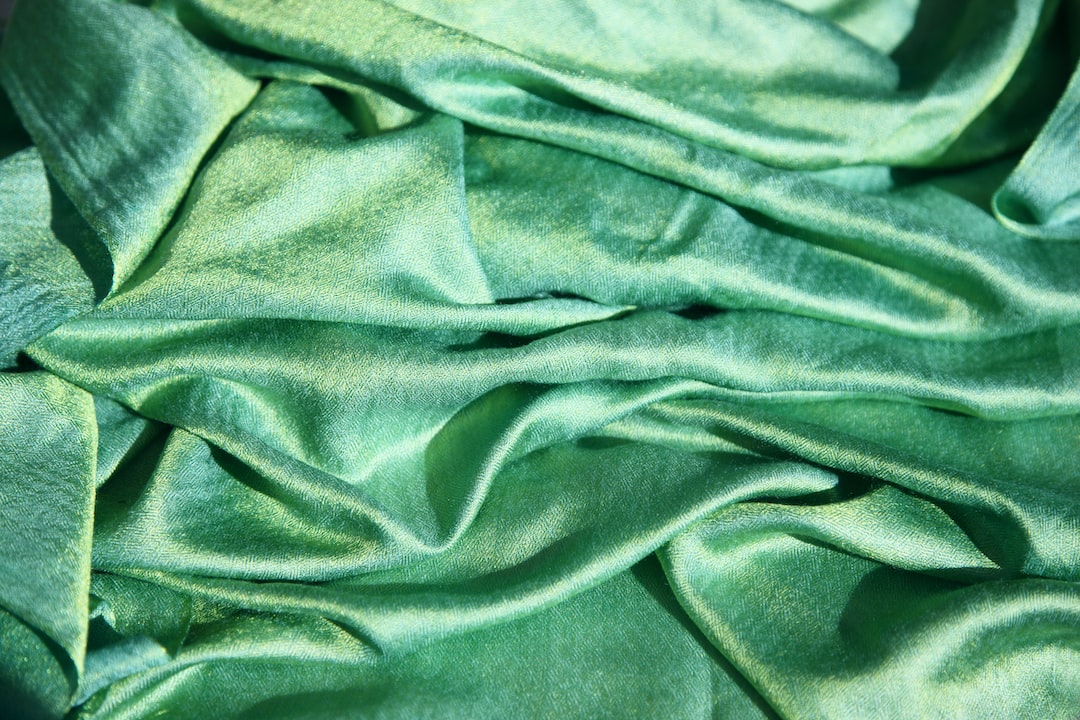Medieval art is full of symbolism. Every aspect of the art was intentional, and each element contained a hidden meaning. This symbolism is referred to as iconography, and it served religious, political and social purposes. Understanding the symbolism in medieval art provides a unique perspective into the lives of those who created it as well as the society in which they lived.
One of the most common elements in medieval art is religious symbolism. Christianity was spread widely in medieval times, and art was one of the mediums used for religious education and expression. For example, artists often depicted Christ with a lamb or the Good Shepherd holding a sheep, symbolizing the sacrificial and peaceful nature of Christ. The cross is also a prevalent symbol, representing the ultimate sacrifice of Christ.
Color was also used as a symbol in medieval art. For example, the color gold was used to represent eternity, wealth, and divinity. Purple, on the other hand, was symbolic of royalty and power. It was often reserved for the most important figures in a piece, such as the Virgin Mary or the Pope.
Animals were also a common occurrence in medieval art, each holding its own set of meanings. For example, figures with wings, such as angels and cherubs, were meant to symbolize divine beings. Dogs, on the other hand, were depicted as symbols of loyalty and fidelity.
Another important element in medieval art is the use of architecture. Buildings were meant to be symbolic and provide a deeper meaning beyond their physical form. Gothic cathedrals, for example, were built with the intention of glorifying God and showing the splendor of His creation. The architecture was designed to create an overwhelming feeling of awe and reverence.
Illustrations in medieval manuscripts contained both religious and secular themes. Even though they were created primarily for personal devotion and education, they also contained political undertones. For example, the famous Bayeux Tapestry is a medieval masterpiece that tells the story of the Norman invasion of England. Furthermore, the tapestry served as a way for William the Conqueror to cement his position as ruler.
Medieval art was also used to assert social status and power. Commissioning art pieces such as illuminated manuscripts, sculptures or paintings was a way for the wealthy and the powerful to display their wealth and influence. For example, a king or a pope may commission a painting of themselves surrounded by religious figures, portraying them as divine and powerful.
In conclusion, understanding the symbolism in medieval art is essential to understanding the culture and society in which it was created. Every aspect of its design was intentional, and each element held a hidden meaning. Religious, political, and social ideas permeated every aspect of medieval art, and through this iconography, we can gain insights into the world of the past and its people.

